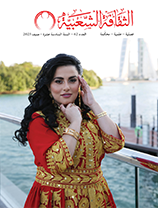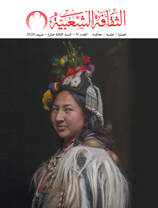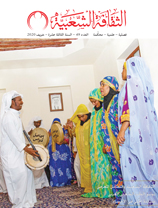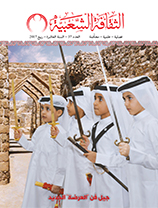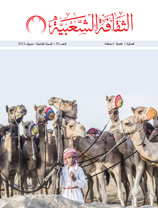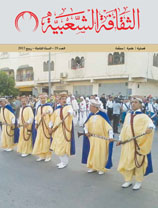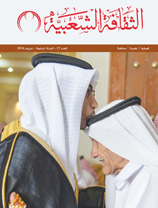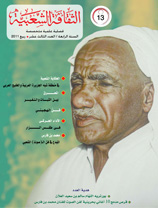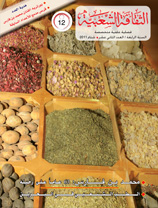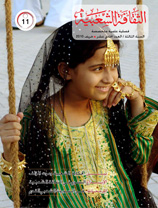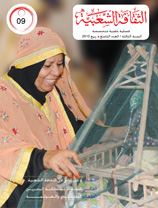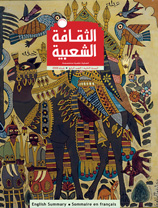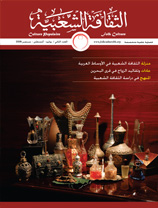A word from the editor 47 Where are the Bahraini women folk bands?!
Issue 47
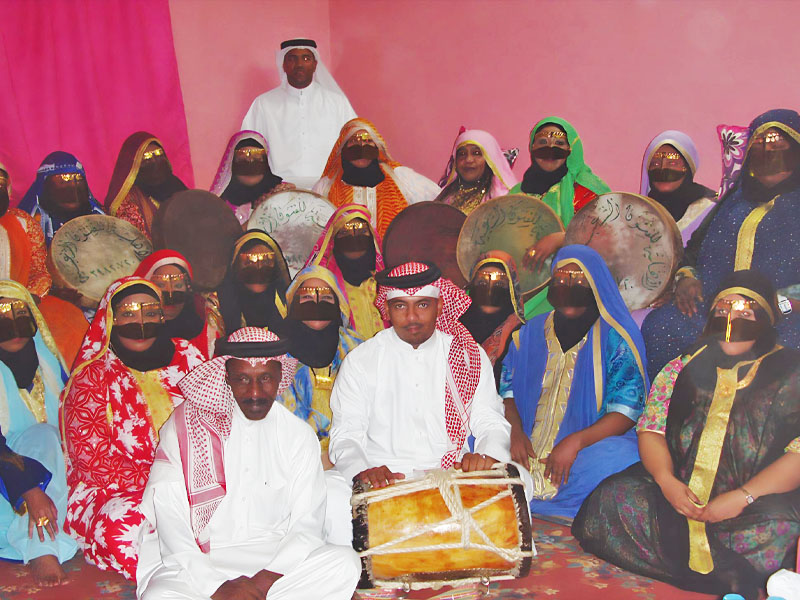
My memory is flooded with songs by Bahrain's female folk bands. Songs full of sweet words and emotions, coupled with the beats of tambourines and drums, and sung by those warm voices in the neighbourhoods of Muharraq.
Wedding ceremonies, circumcision celebrations, traditional vows, and orchard picnics were venues for the folk bands that spread through most of the villages of Muharraq, Riffa, Budaiya and Zallaq. The bands were mainly composed of women; in rare circumstances men, as few as two or three, would join to play the drum (this was usually because of the weight of its teak structure, and the men’s ability in some cases to carry it with one hand). Perhaps in rare cases a man would also be the “Saqul", the conductor of the tambourine players. The Saqul would direct the players and play the Tar, creating music that compliments the sound of the tambourines to the great delight of the audience.
A few days ago the Bahraini artist, Ahmad Saif, gave me a collection of carefully recorded songs of three of Bahrain's most famous female singing folk bands: Tiba Al Marzouq’s band, Shamma’s band and Fatima Al Khdaria’s band.
I devoted myself to listen to and enjoy these bands, reflecting on the words sung by those lovely voices. These songs took me back to intimate memories that are still alive. I also listened again to an old recording of the famous Kuwaiti artist Udih Al Muhanna, with the same rhythm and lyrics, the same sweet voice full of sadness.
Then important questions were raised: Why has the art of female folk bands not yet been studied? How were they established and what were they established for? Under what circumstances did their role flourish? What were their functions? Who wrote the lyrics of those songs that appeal to the soul? Who created their melodies and made them so touching? Who originated the single and duet dances perfectly and skilfully performed them to those songs? Do we have classified and documented records of the most important and famous songs with details of song titles, bands and the founders of those bands with leaders and members? When did they begin and when did they flourish? When did their role vanish? How and why were they ignored?
We all know that local radio stations in the Arabian Gulf have rare recordings of these bands and they play them from time to time. They are classified as folk songs, and part of a huge number of songs.
I recall that almost ten years ago I made a modest initial attempt to ask some of the aforementioned questions to some people interested in heritage. I have conducted a number of audio interviews with artists including the late Ahmad Alfardan, Ahmad Al-Jumairi and Mohammed Jamal (as well as a certain intellectual who unfortunately refrained from being a source about the drummers, but I was satisfied with what the others informed). But I stopped due to a lack of time, the richness of this field, and for not being a specialist.
Initially, I concluded from those initial recordings that these bands were originated in Bahrain and Kuwait with the arrival and stability of Arab tribes from the middle of Najd to the coasts of the Arabian Peninsula in the late seventeenth century AD. The servants and trustees of those tribes modified and updated them and transmitted them to other generations. Most of those servants and trustees were descendants of African slaves. They celebrated the marriages of their masters’ sons and daughters with their innate passion for music. Until recently, you rarely found members of these bands to be of non-African descent.
As the performance of these bands evolved in a more open coastal community, the small singing bands moved from the houses of sheikhs and dignitaries to the nearby neighbourhoods. They later spread and became widely popular, and then they provided a profession for the public. Their songs became a necessary part of life and there was always a need for a performer at social events and occasions.
The folk bands specialized in performing the arts of "Samiri", "Khamari", "Labbuni" and "Bustat", and became famous for their light-hearted songs. Furthermore, these bands were involved in the revival of seasonal religious celebrations such as the Prophet's birth and the anniversary of Isra and Miraj. In this atmosphere, the tambourine and drums industries were revived and the musical instruments were decorated with henna inscriptions. The musical instrument industry, along with that for wedding presents, supported many families.
Is it true that Bahrain's society had previously been without female bands in cities or villages? How did Bahraini families celebrate their weddings and happy occasions before the female folk bands? Where are the female bands now? Why did they disappear?
These unanswered questions show it is necessary to research, explore, analyse and study!
Ali Abdullah Khalifa
Chief Editor





